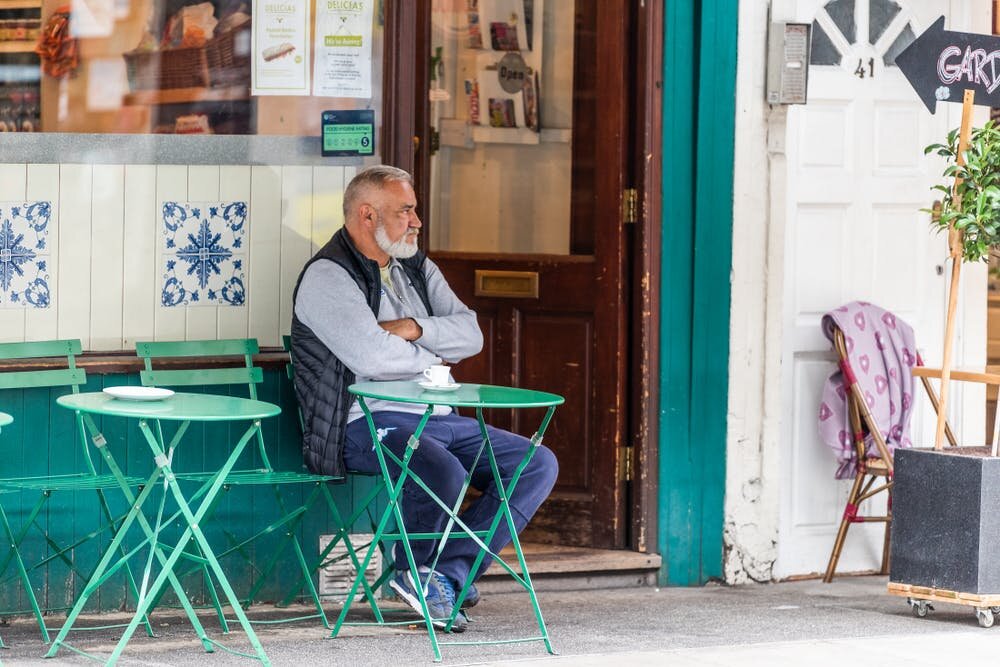The history of Norfolk’s JD Wetherspoon pubs and restaurants

From a Grade II listed building to a Second World War aviation factory, take a look at our round-up of the grand histories behind some of the cheap and cheerful pub chain’s local locations.
1. The Whiffler
The pub is not only found near Norwich’s airport, but the building itself also has historical links to the aviation trade.
The building was once a Second World War factory making planes, playing a crucial part in the war effort.
Today, it represents the region’s industrial effort in the conflict and now offers a comfortable setting for anyone wanting a quick beverage.

2. The Globe Hotel
Another grade II listed building has been claimed by the pub chain, as King’s Lynn’s Wetherspoons used to be a Victorian hotel.
In January 1996, the 19th-century rear wing of the building was gutted by a fire. Another strange fact of the premises is that a mummified cat was found at the Globe Hotel in 1945 – presumed to have been left there as a way to scare off mice.
The pub has kept the name of the building which was first recorded as the Globe Inn in 1650.

3. The Bell Hotel
The Bell Hotel has been a feature of Norwich since around 1485 and was later one of the city’s leading coaching inns.
During the Second World War the top floor was turned into a dormitory for the American Women’s Army Air Corps.
The city centre pub, in the shadow of Norwich Castle, was closed in 2017 for a £2.35m revamp.
4. The Limes
The pub in Fakenham is housed in a charming Georgian building that was once owned as a private building.
The outside has architecture and period features that oppose its modern pub interior.
Fakenham’s only Wetherspoons is housed in this Grade II listed building, showing the town’s rich heritage.
5. The Glasshouse
The pub is housed in what was numbers 11-13 Wensum Street, previously small shops before being renovated.
It owes its name to both the glass company on the site for several decades and Norwich’s own historical link to the glass trade.
The site was also a former glass merchant’s premises.
READ MORE: Street party with craft beers and Chilean street food planned for Norwich market
6. The William Adams
Gorleston’s Wetherspoons has a varied history, with the pub being built on the site of GT Motors.
Previously, the site was occupied by two Methodist chapels – the first of which was built in 1807.
In 1844, the chapel was rebuilt after being damaged in the Second World War but was eventually sold off in 1959 for demolition.
READ MORE: Two Norfolk banks to close in major shake-up
7. The Whalebone
The watering hole on Bridge Street in Downham Market is also a Grade II listed property, which was once two buildings that have now combined to become the Wetherspoons.
The taller building was originally a pub trading with the same name as early as the 1740s.
Its name reflects the whaling trade which flourished in the area – whalebones were once used in ship-making and in brush handles and cutlery.


















